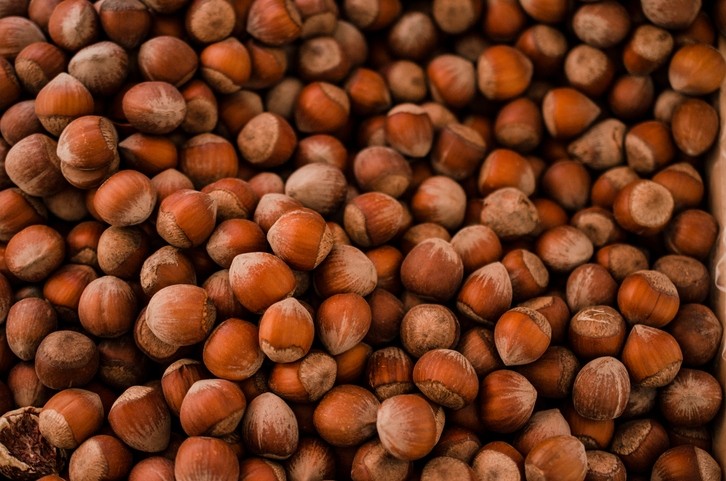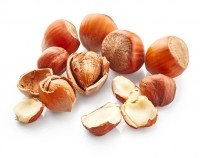Olam diversifies hazelnut sourcing to meet rising global demand

Tobacco, corn and rice used to be the main crops grown in the Turkey’s Black Sea coast but after a government subsidy scheme in the 1970s that encouraged hazelnuts – the wide roots of the trees pack in the soil and reduce erosion – in addition to growing demand from confectioners and an ideal growing climate, hazelnut production took off.
However, as with other ingredients whose global production is concentrated in one country, world hazelnut supplies have been vulnerable to price fluctuations. A frost in the Black Sea region several years ago drastically reduced supplies and saw the price skyrocket.
This volatility – coupled with the fact that the regions in Turkey climatically favourable to hazelnut production have now reached maximum capacity – have prompted some manufacturers to turn to other ingredients while suppliers have been exploring other sourcing regions.
"This allows us to meet customer demand," said chief of Olam Turkey Ufuk Ozongun.
Of the one million tonnes grown annually around the world today, Turkey produces under 700,000 MT followed by Italy with 100,000. Other emerging producer countries are Spain, Georgia, Azerbaijan, Australia, Chile and the Oregon coast in the US.
Singapore-headquartered Olam expanded its sourcing and processing in 2016 with the acquisition of hazelnut operations and a processing plant in Zugdidi in neighbouring Georgia.
“We have a healthy mix of buying from farmers and having our own plantations,” said global head for hazelnuts and head of marketing edible nuts in Europe Brijesh Krishnaswamy.
This increased capacity will help keep it meet a growing global demand, notably in China, India and North America where it predicts “tremendous growth potential”.
Emerging hazel categories: Ice cream, milk, cereal and yoghurt
There are clear preferences for certain nuts around the world.
In the US, consumers are most familiar with almonds and peanuts thanks to strong domestic production – around 80% of the world’s almond supply comes from California. Hazelnuts and walnuts are used in traditional European dishes while Middle Eastern cuisine is typified by pistachios. Meanwhile, peanuts and cashews are favourites in Asia with India and Vietnam both in the top three global cashew producers, according to a 2016 International Nut and Dried Fruit Council (INC) report.
However, these preferences are shifting, fuelled mostly by Millennials who are much more experimental with food, according to Krishnaswamy.
“All nut categories are growing fantastically as they are seen as healthy and hazelnuts are benefitting from this overall growth.”
Krishnaswamy also predicts hazelnuts will move beyond the categories it has traditionally dominated, such as confectionery and chocolate-based spreads.
“They are being used much more in cakes, ice cream, cereals, muesli bars, yoghurts and even milk. Almond milk is already there but other nut-based milks and hazelnut milk are coming up.”
'A serious explosion of growth'
General nut consumption has been growing globally at around 6-to-7% and, while hazelnut growth is currently much lower than this, it will benefit from the general increase.
“Nuts in general are moving to categories that before were not heavy nut-users and this is what is really going to drive consumption, and indeed hazelnut consumption. Over the next five to ten years, we expect to see a serious explosion of growth.”
Use in bread spreads will continue to grow as Ferrero brings Nutella to new markets, notably China and India, but pure hazelnut-based spreads could also rival peanut butter or butter – and already are in Turkey and Germany, he said.
Waste nut, want nut...
What happens to hazelnuts in the ingredient supply chain?
- Nut kernels are eaten whole, sliced, ground or mixed into paste form for food
- The brown inner skin is used for animal feed
- The hard shells are sold locally as fuel or used to make MDF for furniture
- Rotten nuts are pressed for their oil, which is then refined to move the mouldy taste and sold as edible oil

















